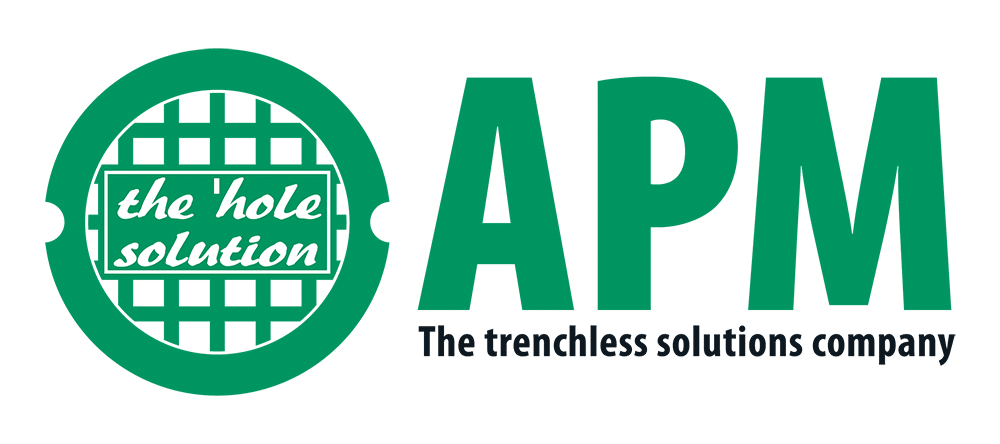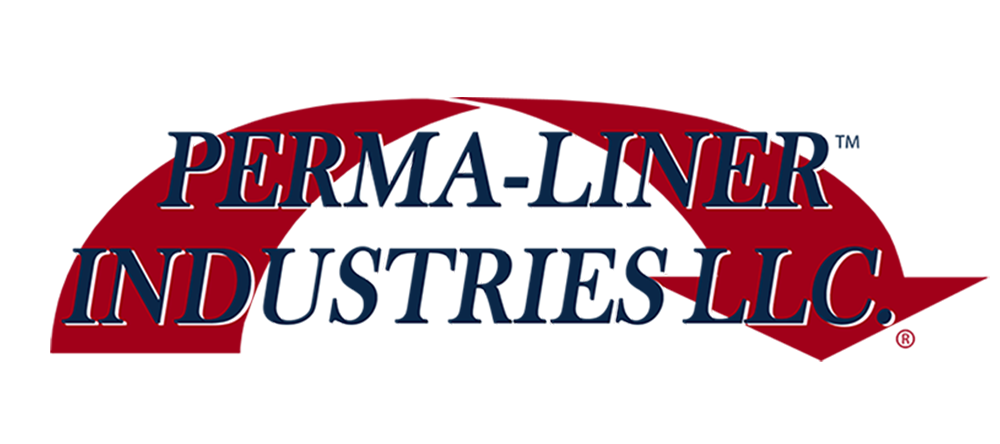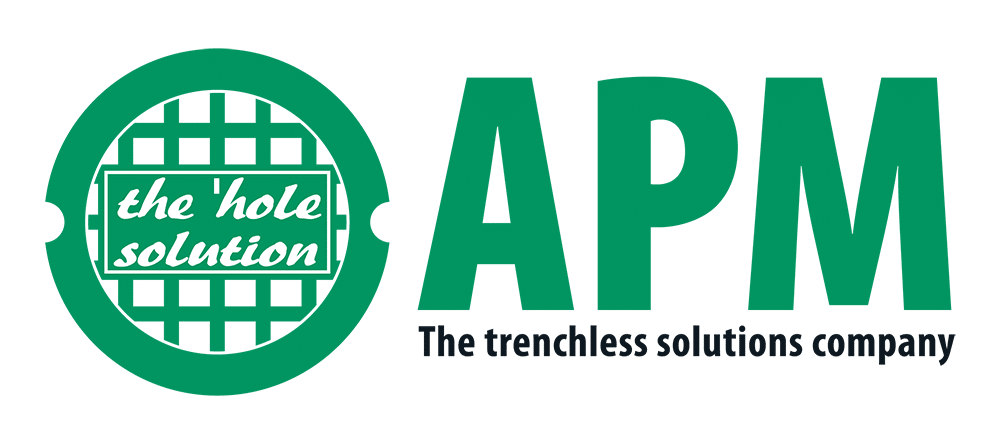Murray City is a former coal mining village in Ohio that has grown much larger in the last several years, as the population is on the rise. Fortunately, the village is now constructing a sewer system. The local Creek has long been the means of disposal for the village of approximately 450 residents. The sewer project was implemented due to a requirement for all residents to connect to the sewer system, upon completion next year. Each household will be responsible for the connection fee, estimated to cost up to $1500. The project will also address the excessive levels of contaminants in the Creek. Interestingly, acid mine drainage, which is oxidized iron drainage, has run into the Creek from abandoned coal mines and produces a distinctive copper tint. Interestingly, the Creek aids in the removal of bacteria because of that. The new sewer system is expected to assist the economy in the village by producing more employment, as well as small businesses. Additionally, creating a sewer system will add much-needed value to the homes.
Another Ohio town, the village Amsterdam, is under a state mandate to install sewers and a sewerage treatment plant because of faulty septic systems. Comparable to Murray City, Amsterdam expects their sewer system to provide service for approximately 400 homes when completed. The sewer treatment facility is proposed near Rogers Park. Incidentally, the park is named after a colonel who led the largest of the American Revolution, west of the Allegheny Mountains. The system will utilize a combination of gravity sewers and low-pressure sewers with individual grinder pumps. The outline for the construction of the sewer system is currently in process and meetings will be scheduled beginning in April. At such time, residents can view the proposed locations of the sewer lines, as well as make recommendations for changes. The Treatment Plant is expected to be relatively small but built to allow for growth. Initially, it is expected to process up to 60,000 gallons per day.
























